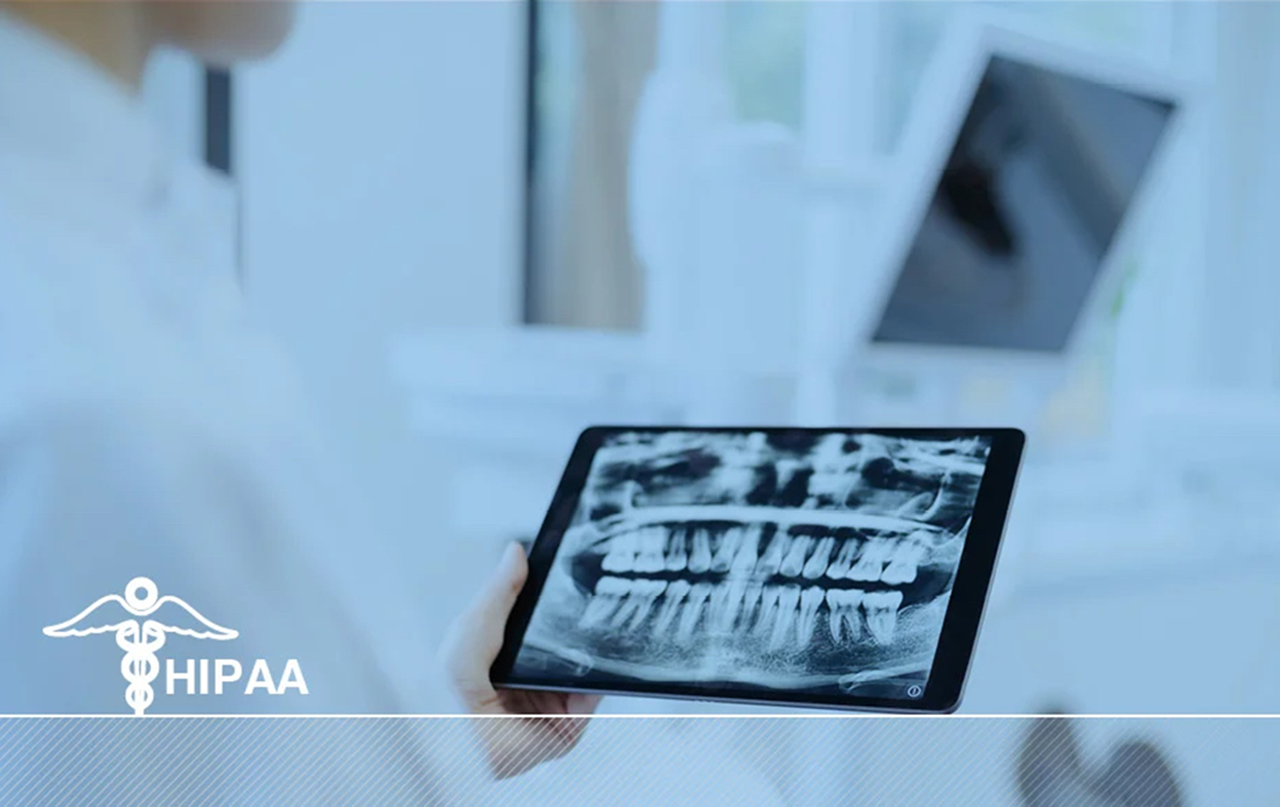By Jean Williams
When you’re running a busy dental practice, you need zippy efficiencies and assurances that you are on track to win with each patient case.
Dr. Ali Alijanian got in the efficiency and security fast lane for managing referrals to his busy oral surgery practice in Walnut Creek, California. He makes deft use of PBHS Collaborator, an ADA Member Advantage-endorsed digital interface designed especially for dentists to coordinate care with other referring dentists and medical professionals.
A board-certified oral surgeon and a fellow of the American College of Oral and Maxillofacial Surgeons, Dr. Alijanian has been a Collaborator devotee for over a decade and was one of its earliest users, even participating in its beta trials. He said he finds its features valuable in several specific ways.
“No. 1, it’s the ease of communication,” Dr. Alijanian said. “It’s real-time communication. It doesn’t necessitate any paperwork. It’s on a secure network, so it helps us stay HIPAA compliant. All the threads are securely kept. From inception of use, I’ve never lost any information. The information is always secure and available. It’s a very efficient, safe way to communicate with my referral base.”
PBHS Collaborator facilitates interactions between practitioners working together on simple and complex cases and protects patients’ sensitive information, says Jay Levine, President of PBHS. “When [dentists] are communicating with their partners, they need communications to be secure. They need them to be encrypted. And they need to be able to both exchange and review large documents, including patient registration forms and radiographs,” he said.
The Collaborator dashboard is like a virtual consult around which a patient’s evolving care story can be shared. Practices with Collaborator subscriptions can open as many case collaborations with as many other practitioners as desired. “I can send you a link to join in collaboration,” Mr. Levine said. “All you have to do is sign up for a free account and then you can interact with me. You, as my partner, don’t need a Collaborator interface [if I have a subscription].”
A linchpin of Collaborator’s efficiencies is data encryption and security. The interface works in conjunction with PBHS’s SecureMail, an encrypted messaging solution for doctors, dentists, hospitals and other health care providers.
While PBHS designed Collaborator to facilitate practitioner interactions with patients, Dr. Alijanian’s primary use is care coordination with referring partners.
“The Collaborator on its own is meant to be used for patient communication between offices, tracking the patient’s treatment, making complicated cases easy to collaborate on and to be able to really streamline that patient’s care in a way that all the information is in one place so that all the doctors that are involved can go there and collaborate together,” he said. “That is a big deal.” If the practice desires, even patients and labs can be brought into the conversation.
He recalled the tedium and insecurity of times before Collaborator. “It was just paper referral,” he said. “They would fill out a paper referral slip. They’d give it to the patient and put a copy in the mail and then we would read the information off the referral slip, contact the patient and get them in for their consultation. Or, we’d have a digital referral slip, an electronic referral slip on our website. But that’s just one point of that patient’s contact. There’s no thread of communication. There’s no continued communication. It becomes cumbersome.”
"The Collaborator made it much easier to accumulate all the information related to a case, including radiographs and findings, Dr. Alijanian said."
“It’s faster and more efficient,” he said. “For example, the referring office could send a patient to us. In old times, we would have waited for the referral and the X-rays or whatever to come to us through mail or email. With HIPAA compliance, it’d become more complicated how that happens. … Let’s say the referral comes in the mail and the patient leaves the referring doctor’s office and calls us and we haven’t received the information yet. Well, with the Collaborator, the patient walks out of one office, and they can call our office and we’ll have the information right away. So, it actually adds a level of confidence to the patient that the communication is real-time and quick, and the appointment can be processed a lot easier and faster, and we can meet their needs in that specific way.”
Other major assets abound, including integrating functionality of processes delegated to front and back-office personnel. “Doctors don’t do anything alone typically,” Mr. Levine said.
Dr. Alijanian attests to Collaborator’s office-wide usefulness.
“If we get a referral from an office and we need, for example, their office insurance information, rather than picking up the phone and bothering them with that — maybe they’re in a busy time and they can’t answer the phone, or they don’t want to be bothered by it — we would just respond on the Collaborator. They’ll get a notification and respond when it’s convenient for them. It’s a real-time communication that takes place with the proper alerts for everybody to communicate efficiently and easily.”
Mr. Levine is president of PBHS, the endorsed provider of secure email and collaboration solutions exclusively for ADA members and their dental practices. For more information on SecureMail visit pbhs.com/securemail/.
